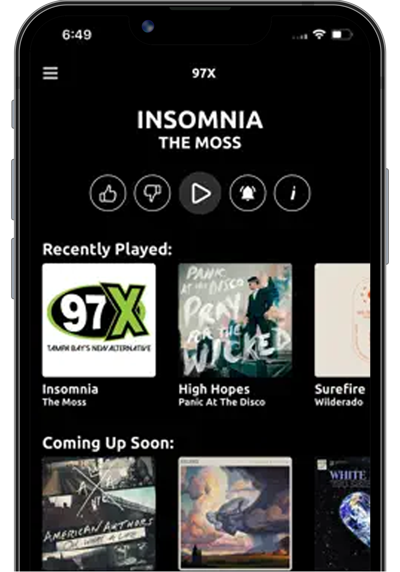Elon Musk is making sure that cell phones can get a call out no matter the location.
His SpaceX division launched 21 Starlink satellites on Tuesday that will help advance cellular communication.
In a partnership with T-Mobile, six of the nearly two dozen satellites will be able to connect directly to cell phones. No extra equipment will be needed if the phones are 4G LTE-compatible, which is most of the phones on the T-Mobile network.
The company got the U.S. government’s approval to run the tests last month, Bloomberg reported.
Starlink is calling the new satellites a “cellphone tower in space.”
The service rollout will be in phases with text messaging coming in later 2024 and voice, data and IoT, or the internet of things comprised of connected devices, coming in 2025.
Musk said that the satellites “will allow for mobile phone connectivity anywhere on Earth” but there will be some limits and it is “not meaningfully competitive with existing terrestrial cellular networks.”
Starlink will have limited bandwidth across a large area.
This will allow for mobile phone connectivity anywhere on Earth.
— Elon Musk (@elonmusk) January 3, 2024
Note, this only supports ~7Mb per beam and the beams are very big, so while this is a great solution for locations with no cellular connectivity, it is not meaningfully competitive with existing terrestrial… https://t.co/ymHpw8XBHl
In addition to T-Mobile in the U.S., Starlink will have international partners in countries such as Switzerland, Australia, Canada and Japan.
In all, Musk hopes to launch 42,000 Starlink satellites with 5,000 already in space by the end of 2023, Forbes reported.
T-Mobile competitor AT&T has partnered with AST SpaceMobile for its satellite-to-mobile program while Apple already allows iPhones to connect to satellites to send texts to first responders in an emergency where there is little to no cell service, Bloomberg reported.
© 2024 Cox Media Group

:quality(70)/cloudfront-us-east-1.images.arcpublishing.com/cmg/DX3EP7YUP5G4XDRBQTQN3HCJ6E.jpg)



:quality(70)/cloudfront-us-east-1.images.arcpublishing.com/cmg/5KRWSKTPSNFTTHWGC5V3K2FQJQ.png)
:quality(70)/cloudfront-us-east-1.images.arcpublishing.com/cmg/V6APUI3KNRHSNIJWP4N7V22FG4.png)
:quality(70)/cloudfront-us-east-1.images.arcpublishing.com/cmg/SP3DAAY4QNF63J3KZHTUTZ47CY.png)
:quality(70):focal(498x263:508x273)/cloudfront-us-east-1.images.arcpublishing.com/cmg/X3A4ZICQCNCPZILRTV4AYF2V5I.jpeg)
:quality(70):focal(484x278:494x288)/cloudfront-us-east-1.images.arcpublishing.com/cmg/6WYSWMSREJCH5IART6DD5YBMFA.jpg)
:quality(70):focal(471x288:481x298)/cloudfront-us-east-1.images.arcpublishing.com/cmg/772KXG66WJF7FARGTACXNKL7LY.jpeg)
